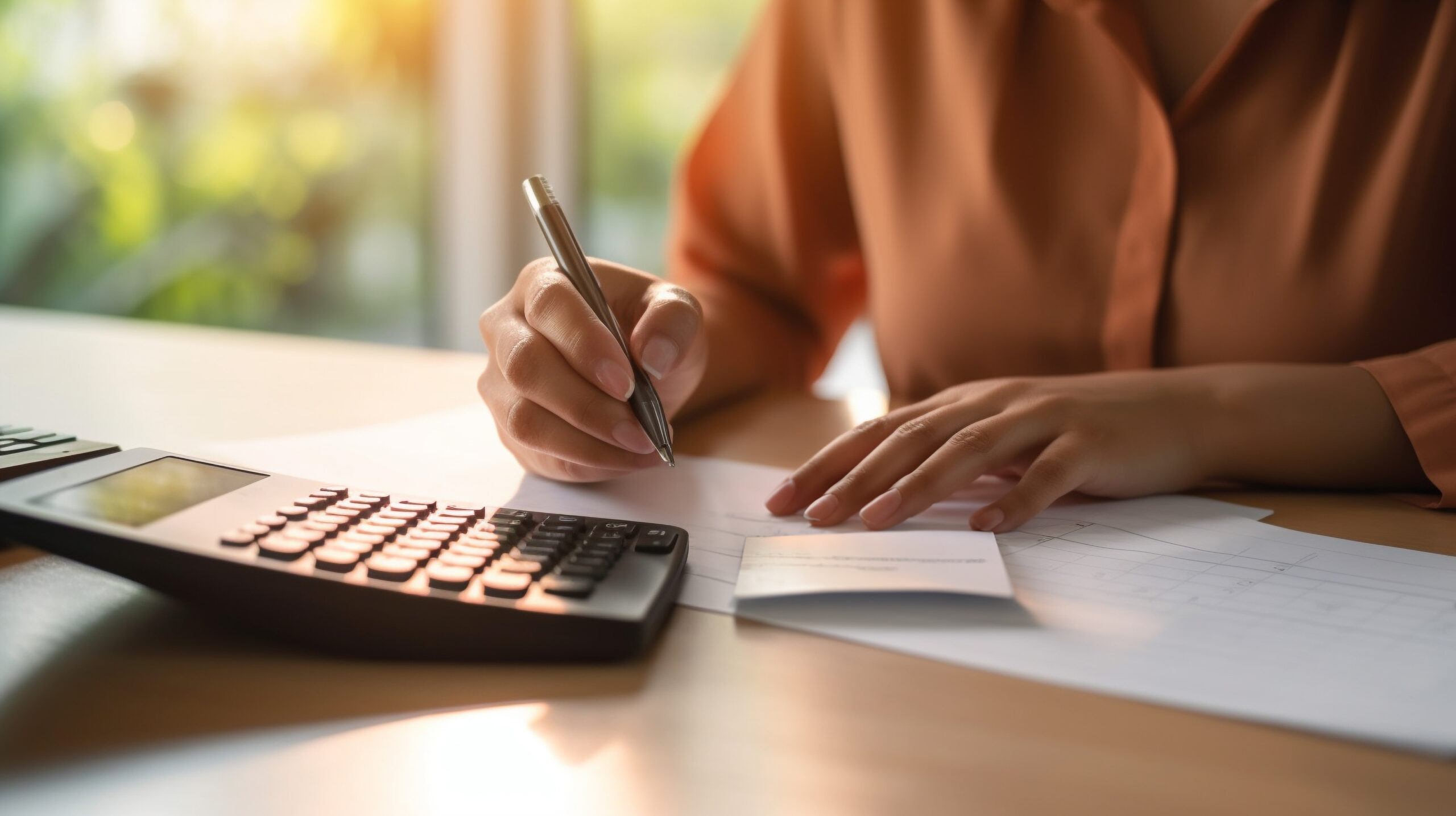As a restaurant owner or manager, you’re passionate about food, ambiance, customer service, and everything that goes into creating a memorable dining experience. However, to stay in business and make a profit, you need to know more than just recipes and flavors. You must understand your food and labor costs and how they impact your bottom line.
Knowing your food and labor costs will give you a better understanding of your business and help you make informed decisions. This blog post will provide you with practical tips and insights to get started and optimize your restaurant’s profitability.
How to Calculate Your Food Costs
Food cost is one of the most significant expenses for a restaurant. To calculate your food cost, divide the cost of goods sold by your total food sales. The price of goods sold includes all the ingredients and supplies used to prepare your dishes and indirect costs such as packaging, utensils, and condiments.
Once you have your food cost, compare it with industry benchmarks and your budget to determine if you’re spending too much or too little. Your food cost should be around 30% of your total revenue. If it’s higher, you must analyze your menu, portion sizes, waste, and inventory management to reduce costs without compromising quality and taste.
How to Calculate Your Labor Costs
Labor costs include salaries, wages, benefits, taxes, and any other expenses related to your employees. To calculate your labor costs, you need to divide your total labor expenses by your total sales. Labor costs should be around 30% of your total revenue.
Tracking your labor costs is essential to ensure that you are adequately staffed, that your employees are productive and focused, and that you comply with labor laws and regulations. It’s also crucial to schedule your staff efficiently, cross-train them, and create a positive work environment that fosters loyalty and teamwork.
How to Optimize Your Menu for Profitability
Your menu is your restaurant’s centerpiece and is your best tool to generate revenue and profits. However, your menu can also be a source of headaches if you don’t manage it well. A good menu should balance your customers’ preferences, your culinary expertise, and your financial goals.
To optimize your menu for profitability, you must analyze your food costs, menu item popularity, and pricing. You should also consider seasonal ingredients, changing tastes, and emerging culinary trends.
Use menu engineering techniques, such as menu mix analysis, price sensitivity, and contribution margin, to make data-driven decisions and maximize profits.
How to Monitor Your Costs and Profits
Knowing your costs and profits is not a one-time task; it’s an ongoing process that requires monitoring and adjusting. Your expenses and profits can fluctuate depending on the season, the market, the competition, and internal factors, such as staffing issues, equipment maintenance, and menu changes.
To monitor your costs and profits effectively, you need to use financial tools, such as a profit and loss statement, a balance sheet, and a cash flow projection. You should also keep track of your inventory, usage, waste, and purchase history to identify trends and opportunities to optimize your operations.
As a restaurant owner or manager, taking control of your food and labor costs is the key to your success. Knowing your numbers and applying the tips and strategies outlined in this blog post can increase your profitability, reduce risks, and improve your customers’ experiences. Remember that running a restaurant is not just about good food; it’s also about good business.

